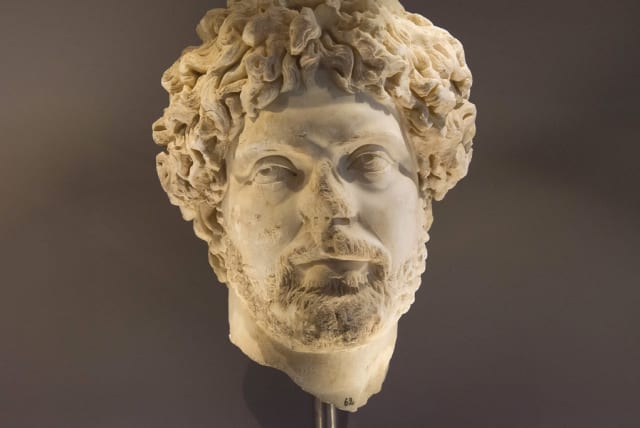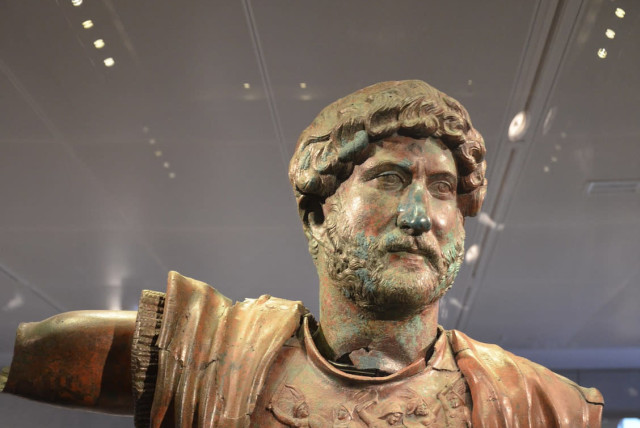Archaeologists discover sculpted Roman-era heads in England

Each of the stone sculptures was three times the size of a human head.
An archaeological excavation in Carlisle, England uncovered rare statues depicting heads of Roman gods on Wednesday.
The team of volunteer archaeologists found two sculptures made of sandstone dating as far back as 200 AD at a Roman Bathhouse at a cricket club. The heads once formed part of full statues, standing between 12 and 15 feet in height and were found at Carlisle Cricket Club in Carlisle, England.
Archaeologists involved with the discovery noted the significance of the discovery, calling it a priceless find.
Each of the stone sculptures measures three times the size of a human head.
The site has been home to more than 1,000 pieces of uncovered artifacts found since 2021. Among these artifacts are pottery, coins, semi-precious stones, and weapons. Many of these have been described as being significant on a global level. In January, more than 30 semi-precious stones were found at the site.
Once-in-a-lifetime discoveries
Frank Giecco, lead archaeologist in the project, told British media sources that “if you are an archaeologist, you don’t find many things like that in your career. In 30 years of being an archaeologist, I've never found a thing like this before."
He noted that this discovery could also do wonders for the value of where it was found, noting that the status of the building was instantly elevated. Giecco also noted that while figures of this type were not uncommon finds for bathhouses, they were not this big.
"You can probably count on one hand examples of this kind in Britain," he said.
Two amazing large Roman sculptures carved from sandstone have been uncovered at the Roman Bath House archaeological dig at Carlisle Cricket Club. Experts initially think that they could be of Emperor Septimus Severus and Emperoress Julia Domna pic.twitter.com/lDrEOHI8j5
— Stuart Walker (@StuWalkerPhotos) May 24, 2023
The team involved, comprised of volunteer archaeologists, realized that their discovery was a bigger deal than they'd expected and were excited by how the case blew up.
"It was when all the real archaeologists, the professionals, got excited and started crowding round themselves that I realized it was properly something to be excited about," one volunteer told British media outlet BBC News.The project has been supported by a local initiative called "Uncovering Roman Carlisle," receiving financial support by government funding.
Artifacts from previous years are expected to be displayed at the British Museum in London.
Jerusalem Post Store
`; document.getElementById("linkPremium").innerHTML = cont; var divWithLink = document.getElementById("premium-link"); if (divWithLink !== null && divWithLink !== 'undefined') { divWithLink.style.border = "solid 1px #cb0f3e"; divWithLink.style.textAlign = "center"; divWithLink.style.marginBottom = "15px"; divWithLink.style.marginTop = "15px"; divWithLink.style.width = "100%"; divWithLink.style.backgroundColor = "#122952"; divWithLink.style.color = "#ffffff"; divWithLink.style.lineHeight = "1.5"; } } (function (v, i) { });

